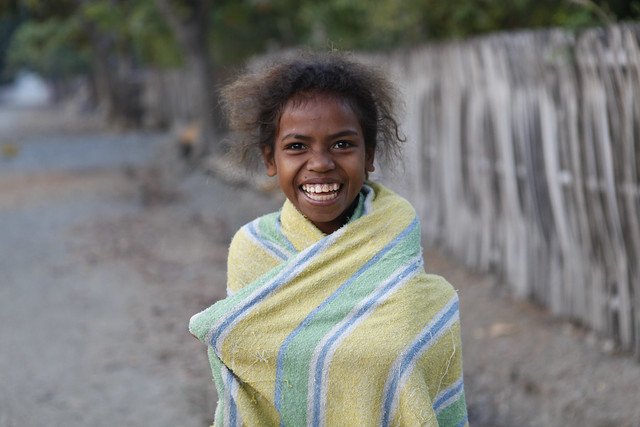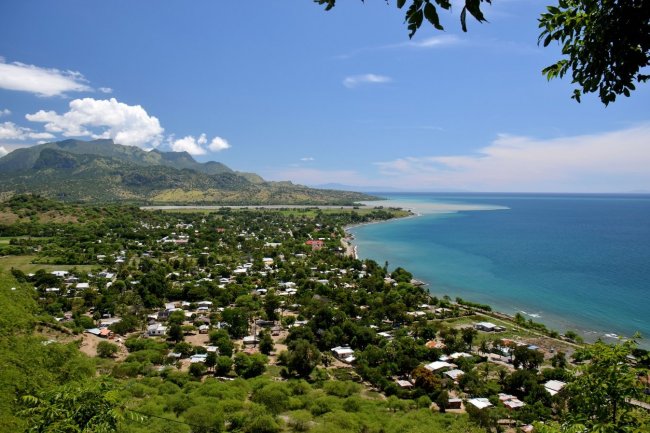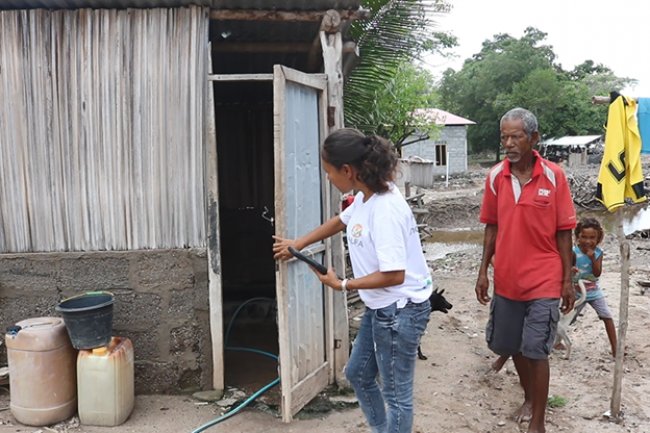10 Facts About Sanitation in East Timor
East Timor is a Southeast Asian country that is located on the eastern half of the island of Timor. Detrimental health and sanitation in the country, alongside the household effects of unsanitary water management, have notably impacted East Timor’s agricultural-based economy. Sanitation in East Timor has thus become vital to national rehabilitation projects.

East Timor has a long history of colonial and other foreign occupation; however, the nation has been independent since 2002. From the point of liberation in 2002 until 2008, the country experienced violent policing and political upheaval. This came as a result of unrest regarding national security. Instability led to the involvement of an Australian-led International Stabilization Force (ISF) and the United Nations Integrated Mission in Timor-Leste (UNMIT). These peacekeeping forces remained active in East Timor until 2008 when rebels within the country lost power. Since 2008, the country has experienced steadiness in national security, presidential guidance and rebuilding of important infrastructure like sanitation.
10 Facts About Sanitation in East Timor
- The stabilization of governance within East Timor has enabled rectification of sanitation infrastructure. After East Timor gained independence in 2002, economic destabilization had a lasting impact on the country’s ability to invest in renovating sanitation infrastructure. Oil revenue in the country, along with agricultural revenue, has struggled to increase over the past 15 years. In addition to governmental stabilization, aid from multiple international programs supports sanitation development in East Timor.
- East Timor’s governmental efforts to address water sanitation have stabilized urban access to clean drinking water. Of the 1.18 million people living in East Timor, 30% of the population lives in urban centers. The 2015 Millennium Development Goal (MDG) for sanitation in East Timor was set at 75% improved access to water sources and 55% improved sanitation. In terms of the urban population, just 9% live without access to improved water sources; 27% live without access to improved sanitation. As of 2015, sanitation in East Timor’s urban areas had reached MDG targets.
- Sanitation in East Timor’s rural regions is a work in progress. While urban water sanitation initiatives to reach MDG targets have successfully brought clean drinking water and waste management to urban cities, the remaining 70% of the population of the country is often without reliable access. Data shows that 40% of the rural population remains without access to clean water sources and 70% without improved sanitation. Because MDG goals were not met in rural East Timor, governmental plans for extending access to sanitary water into rural parts of the country have been implemented with the goal of completion by 2030.
- Reconfiguration of irrigation infrastructure is key to increased crop output from rural workers. Stabilization of irrigation consists of routing water from the river weirs to crop fields. In addition, it also includes the management of crop flooding as a result of natural disasters within the country. The importance of an updated irrigation system is central to the stabilization of the agro-based rural economy of East Timor.
- Rural agricultural workers have experienced personal benefits from the restoration of sanitation infrastructure. Because 70% of the population lives in rural regions of East Timor, agricultural-based livelihoods dominate the workforce. Nearly 42% of rural farmers live in poverty and rely on independent subsistence practices for food. Not only does crop output better the independent livelihood of agricultural workers, but it also provides a source of sustainable local subsistence.
- While education represents 10% of the overall GDP expenditure in East Timor, many schools continue to lack access to sanitary water. According to UNICEF, 60% of primary schools and middle schools have access to improved water sources, though 30% do not have access to functioning waste facilities. UNICEF is implementing a water, sanitation and hygiene (WASH) program in order to create sustainable community habits of maintaining waste facilities. This initiative is expected to increase community sanitary habits, health and enrollment rates throughout the country.
- Bringing a sanitary water supply to health outposts in rural East Timor has been a focus of the country’s health administrators. Around 50% of rural health centers are without access to clean water. In response, the WASH program from UNICEF is working locally to improve sanitation in health centers. WaterAid is working with local health facilities to improve maternal health outcomes by providing resources for sanitary reproduction.
- The Ministry of Health in East Timor has set a goal to entirely alleviate the issue of open defecation across the country by the end of 2020. UNICEF statistics show that around 170 communities, along with a 21,000-household municipality, have been open-defecation free with the organization’s support.
- Diarrhea-related deaths have decreased as a result of improved water sanitation in East Timor. Data shows that diarrhea-related deaths decreased by 30.7% between 2007 and 2017. With UNICEF’s WASH program, the incidence of chronic diarrhea will decrease as poor water sanitation is resolved. UNICEF is focused on alleviating poor quality drinking water in five rural municipalities in particular.
- Childhood malnutrition rates related to water sanitation in East Timor decreased by 1%. World Bank data from 2013 claims that just over 50% of children in East Timor were stunted in growth as a result of malnutrition; in 2014, reports showed that 49.2% of children had signs of stunted growth. In a single year, steady improvement to water sanitation within the country decreased rates of childhood malnutrition.


